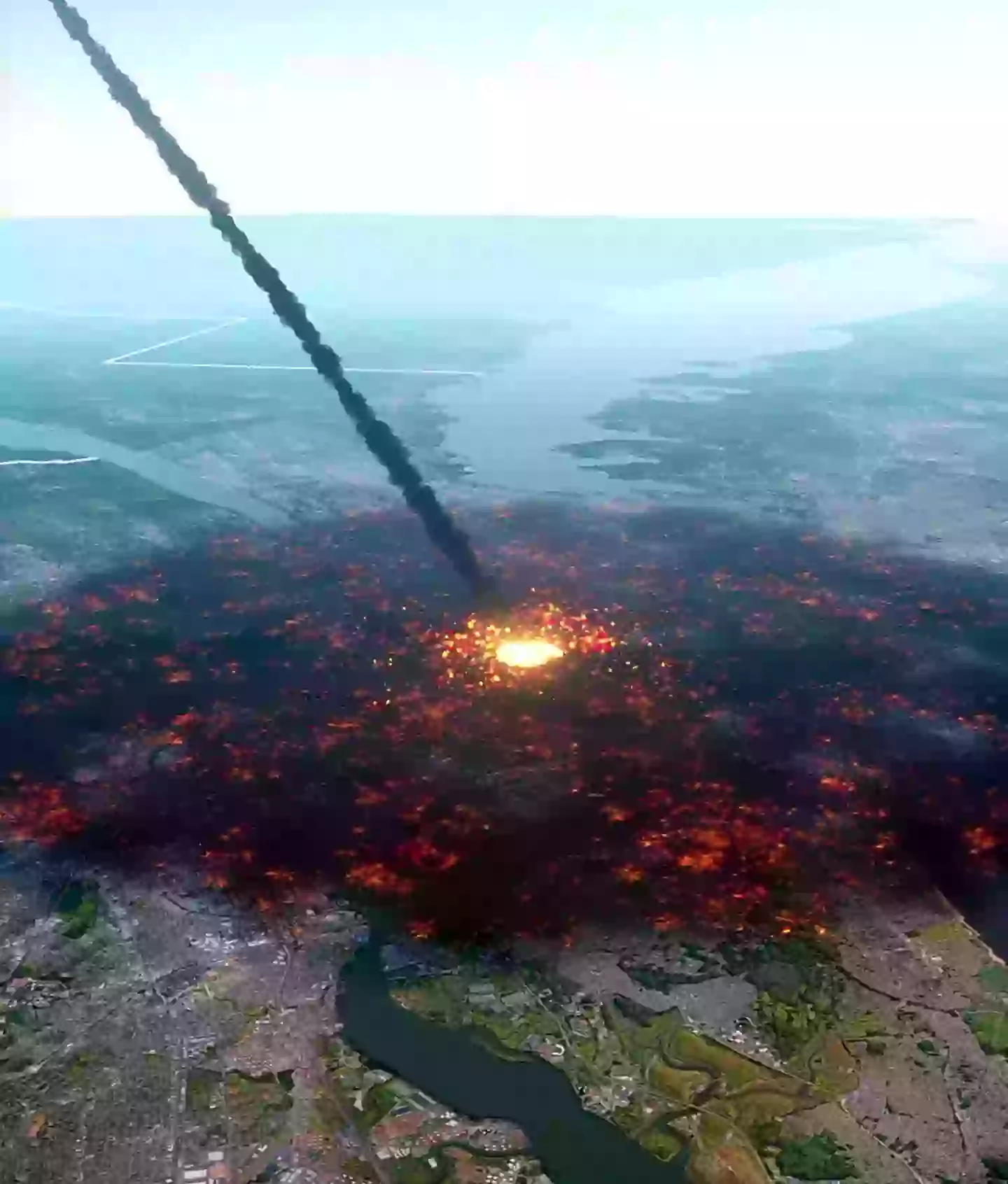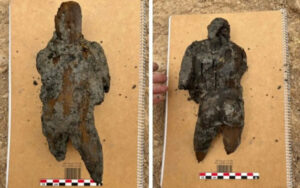“Seven Years to Impact: Unveiling the Devastation of an Asteroid Collision with Earth”
Hold onto your snacks, folks, because we might have a real cosmic heavyweight heading our way! NASA’s got its eyes glued to a hefty rock named ‘2024 YR4’—a potentially dangerous asteroid that could make a cameo appearance above Earth in 2032. Imagine that—asteroids aren’t just for sci-fi movies anymore! Discovered by NASA’s Asteroid Terrestrial-impact Last Alert System (ATLAS) in Chile, this celestial body measures between 130 to 330 feet across, and while the odds of it running into us are pretty low—around 1.2 percent—it’s enough to stir up a little cosmic anxiety. To amp up the intrigue, a simulation shows the chaos that would ensue if this asteroid decided to plummet down. Spoiler alert: it’s not pretty! Curious about what might happen if we let this asteroid crash our planet’s party? Buckle up as we dive into the details! LEARN MORE.
A potentially dangerous asteroid is being closely monitored by NASA with there being a small chance of it hitting Earth in 2032 – and a harrowing simulation has shown what could happen if it came plummeting into us.
The asteroid, named ‘2024 YR4’, has caught the space agency’s ‘attention’ after it was discovered by NASA’s Asteroid Terrestrial-impact Last Alert System (ATLAS) in Chile on 27 December, last year.
Here’s what could happen if 2024 YR4 – estimated to be 130 to 330 feet (40 to 100 metres) across – collided with Earth:
Where is 2024 YR4?
As things stand, the rock is moving away from Earth at around 8.24 miles per second (13.26 kilometers per second), and is almost 27 million miles away.
And NASA’s Center for Near-Earth Object Studies says that 2024 YR4 has the potential to collide with our planet on six separate times between 2032 and 2071.
Paul Chodas, director of NASA’s Centre for Near Earth Object Studies (CNEOS), has given the asteroid a 1.2 percent probability of hitting Earth in 2032.

A simulation video shows what would happen if asteroid ‘2024 YR4’ came into contact with Earth (SWNS)
“We are not worried at all, because of this 99 percent chance it will miss,” he said. “But it deserves attention.”
Now, the simulation video by MetaBallStudios’ Alvaro Gracia Montoya, shows what could happen if the asteroid hit planet Earth – and it’s pretty terrifying.
What happens if 2024 YR4 collides with Earth?
Given that it has enough power to destroy a whole city, the 3D animator said: “I don’t think it’s going to happen, but certainly this kind of news generates a lot of speculation.”
For context, the eight-megaton explosion could quite possibly be 500 times more powerful than the atomic bomb dropped on Hiroshima, with the energy released being the equivalent to eight megatons of TNT.
Although asteroid hunter David Rankin has told Space.com that ‘people should absolutely not worry about this yet’.

2024 YR4 has the power to wipe out an entire city (SWNS)
“Impact probability is still very low, and the most likely outcome will be a close approaching rock that misses us,” he added.
“Size and composition are big players in possible damage, along with impact location.”
Currently, the asteroid’s ‘risk corridor’ – the most likely geographical area it could impact – is from South America across the Atlantic Ocean to sub-Saharan Africa.
What we could do to protect the planet in event of a strike?
NASA’s Double Asteroid Redirection Test (DART) mission proved to be a success in 2022, as they intentionally managed to crash a spacecraft into an asteroid as method of deflection.
The mission was a first-of-its-kind, and the DART spacecraft collided with Dimorphos, shortening its orbit by 32 minutes.
Hopefully we can just do that again?




















